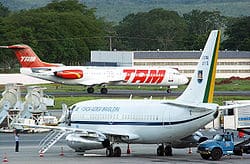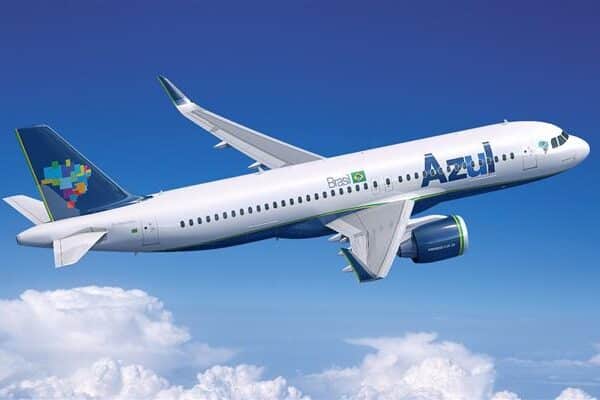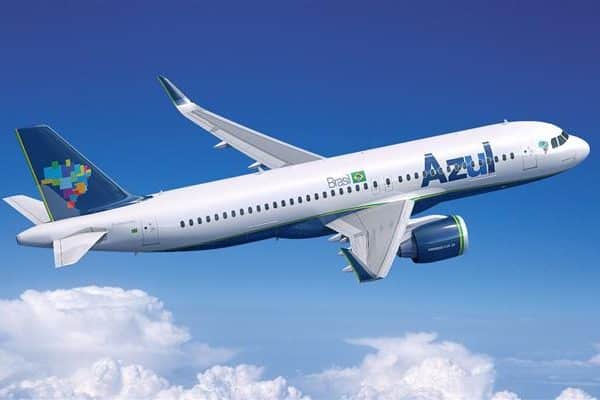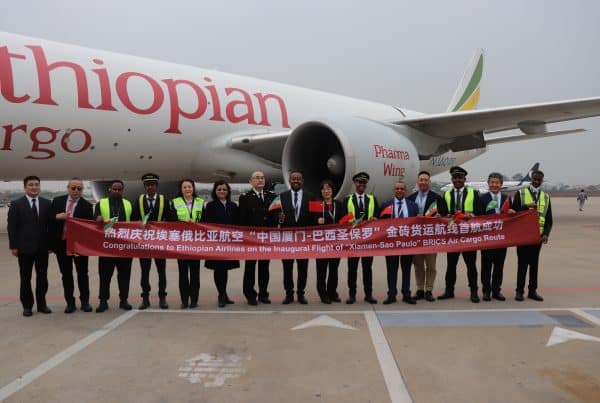Brazil’s air travel market will go through a second bottleneck in the 2020s, after the World Cup and the Olympics.
Today, the problems are concentrated in the terminals and ten of the major airports that have saturated structure.
But even if that knot to be untied, the country must then deal with saturation in lanes and traffic aircraft on airports.
Today, there is already a runway overloaded: the Congonhas airport.
A new FGV study shows that this will spread. The Viracopos (Campinas) runway will reach its limit by 2020. From there, the situation is complicated: by 2030, over a dozen airports in major cities will need investments for runways improvements.
This is because the current Brazil’s “air chaos” is not exactly in the air, but in the terminals. The average number of takeoffs and landings per hour itself is low: 38, compared to a global average of 88. Over time, the trend is that the Brazilian numbers get closer to the international.
In 2002, Brazil held only 36 million boardings. In 2012 there were already 101 million, but the experts say that number is still small for a country of 200 million population.
The United States, with a population of 300 million, perform 650 million boardings per year. The FGV (Fundacao Getulio Vargas) estimates that Brazil will have 195 million passengers in 2020 and 312 million in 2030. This scenario will require investments of about US$ 30 billion by 2030 to adapt the airports.
Most of this amount between £ 10.7 billion and £ 14.2 billion will be disbursed between 2020 and 2030. To Gesner Oliveira, coordinator of the study, the solution to eliminate these bottlenecks is to expand private investment in the sector. Accordingly, the first concessions held by the federal government in February 2012 (Galeao, Guarulhos and Brasilia), should bring investments of about U.S. $ 16 billion.
For Oliveira, avoid a second blackout after air major sporting events will depend on the speed in new concessions. “Moreover, if only one group controls major airports, there will be no competition or better quality of service.”
In the event at Fiesp earlier this month, the president of the National Agency of Civil Aviation, Marcelo Guaranys, said previous studies for announcements of airports Galeão (RJ) and Confins (MG) are nearing completion.
AIR CHAOS:
The first major problem in Brazilian airports was the air chaos 2007 followed the crash between a Gol Boeing and Legacy, in 2006, which left 154 dead. It was caused mainly by flight controllers strike, added with the lack of infrastructure of airports to meet the growing demand of passengers.




